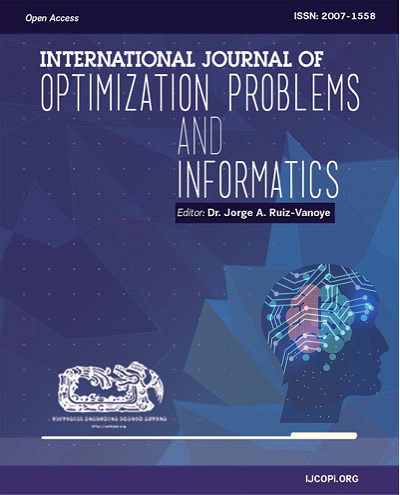Measuring and analyzing canine movement through 2D video in relation to their trainability
DOI:
https://doi.org/10.61467/2007.1558.2025.v16i1.548Keywords:
Motion tracking, canine trainability, motion analysis, movement patternsAbstract
This study introduces a novel approach for quantifying and analyzing canine movement through 2D video recordings, aiming to elucidate the relationship between dog movement patterns and their trainability responding to abandonment stimuli. Utilizing an advanced method based on deep learning, we captured and estimated 24 3D-markers of nine Siberian Husky dogs performing the 3-minute task in their daily environments. From the markers captured over the skeletons, the average amount of relative motion was calculated for three sub-phases: “initial”, “intermediate” and “final”, for the two trials performed on each dog. The core objective was to determine how specific motion patterns correlate with different levels of training across sub-phases. Preliminary findings suggest that -the second subphase is more associated with the levels of trainability based on the dispersion between the two trials-, as an indicator of a dogs’ potential for trainability. This research not only contributes to the understanding of canine motion patterns during this specific test but also offers a scalable and non-invasive tool for professionals and dog owners to enhance training outcomes based on individual motion profiles.
Downloads
Published
How to Cite
Issue
Section
License
Copyright (c) 2025 International Journal of Combinatorial Optimization Problems and Informatics

This work is licensed under a Creative Commons Attribution-NonCommercial-NoDerivatives 4.0 International License.





